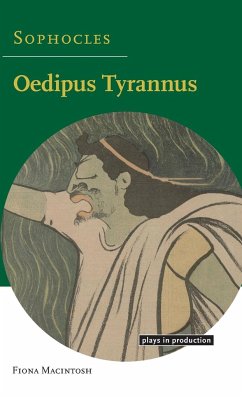
Staging the Blazon in Early Modern English Theater
Versandkostenfrei!
Versandfertig in 1-2 Wochen
177,99 €
inkl. MwSt.
Weitere Ausgaben:

PAYBACK Punkte
89 °P sammeln!
Offering the first sustained and comprehensive scholarly consideration of the dramatic potential of the blazon, this volume complicates what has become a standard reading of the Petrarchan convention of dismembering the beloved through poetic description. At the same time, it contributes to a growing understanding of the relationship between the material conditions of theater and interpretations of plays by Shakespeare and his contemporaries. The chapters in this collection are organized into five thematic parts emphasizing the conventions of theater that compel us to consider bodies as both l...
Offering the first sustained and comprehensive scholarly consideration of the dramatic potential of the blazon, this volume complicates what has become a standard reading of the Petrarchan convention of dismembering the beloved through poetic description. At the same time, it contributes to a growing understanding of the relationship between the material conditions of theater and interpretations of plays by Shakespeare and his contemporaries. The chapters in this collection are organized into five thematic parts emphasizing the conventions of theater that compel us to consider bodies as both literally present and figuratively represented through languge. The first part addresses the dramatic blazon as used within the conventions of courtly love. Examining the classical roots of the Petrarchan blazon, the next part explores the violent eroticism of a poetic technique rooted in Ovidian notions of metamorphosis. With similar attention paid to brutality, the third part analyzes the representation of blazonic dismemberment on stage and screen. Figurative battles become real in the fourth part, which addresses the frequent blazons surfacing in historical and political plays. The final part moves to the role of audience, analyzing the role of the observer in containing the identity of the blazoned woman as well as her attempts to resist becoming an objectified spectacle.














